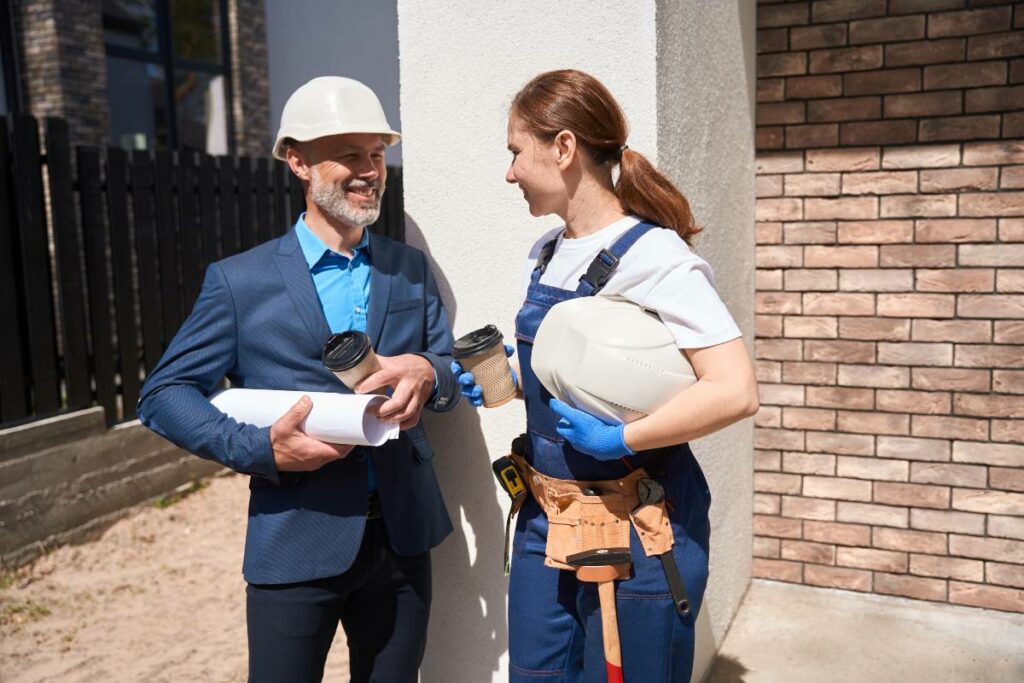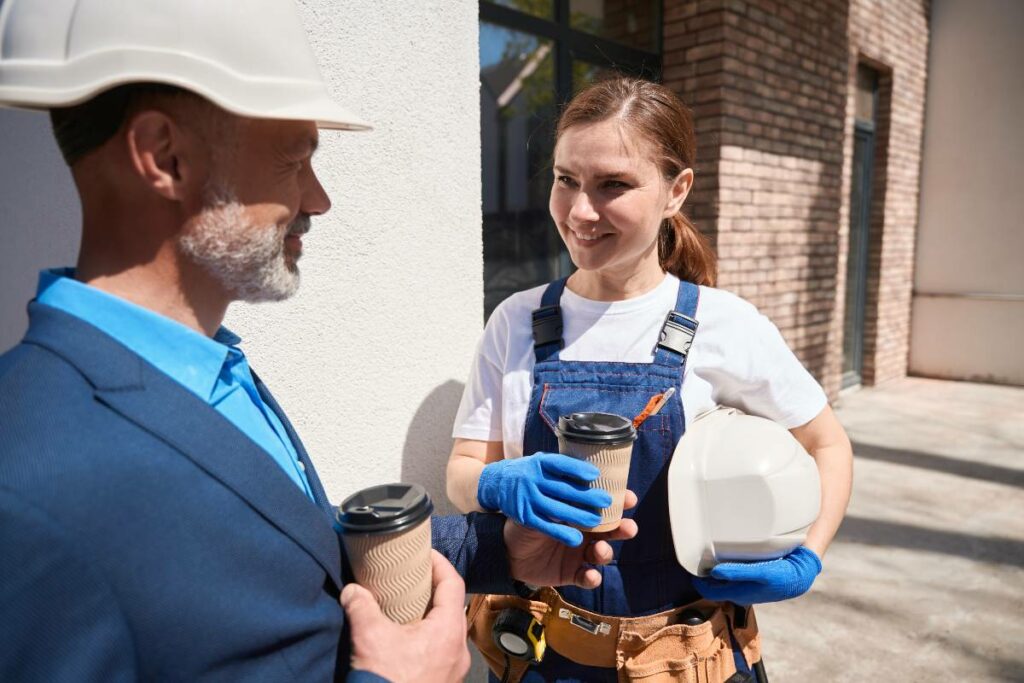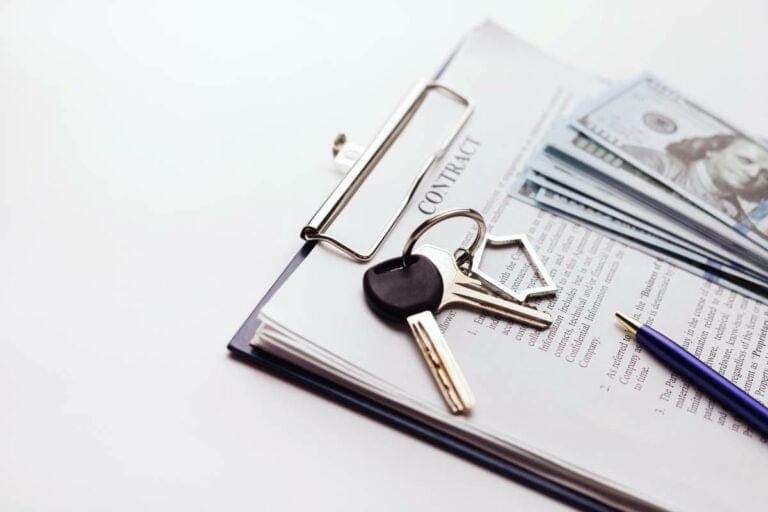Hey there, fellow property enthusiasts! It’s Mike Tolj here, and today I want to talk about something that’s absolutely crucial for any property manager or owner: preventative property maintenance. With over 18 years of experience in the commercial real estate industry, I’ve seen firsthand how a well-executed preventative maintenance plan can make all the difference in maximizing your ROI and keeping your tenants happy.
Key Takeaways
- Preventative property maintenance is crucial for maximizing ROI and tenant satisfaction.
- Developing a comprehensive preventative maintenance plan involves assessing requirements, creating a checklist, budgeting, and leveraging technology.
- Implementing best practices and overcoming common challenges are key to a successful preventative maintenance program.
Types of Property Maintenance
Before we dive into the nitty-gritty of preventative maintenance, let’s take a quick look at the different types of property maintenance.
| Type | Description |
|---|---|
| Preventative Maintenance | A proactive approach to catch potential issues before they turn into big problems |
| Reactive Maintenance | Reacting to a problem that’s already occurred |
| Predictive Maintenance | Using data and technology to predict when maintenance tasks will be needed |
While all three types have their place, today we’re focusing on the powerhouse that is preventative maintenance.
Benefits of Preventative Property Maintenance
So, why should you bother with preventative maintenance? Well, let me tell you, the benefits are pretty hard to ignore. First and foremost, preventative maintenance can lead to significant cost savings and improved ROI. By catching issues early, you can avoid costly repairs down the line. Plus, you’ll extend the life of your equipment and improve energy efficiency, which means more money in your pocket.
But it’s not just about the money.
Preventative maintenance also leads to increased tenant satisfaction. Nobody likes dealing with maintenance issues, especially tenants. With preventative maintenance, you’ll have fewer complaints and a faster unit turnover rate. And let’s not forget about the enhanced property value and reputation that comes with a well-maintained property. A property that’s in tip-top shape attracts higher-quality tenants and earns you those coveted positive online reviews.
Developing a Comprehensive Preventative Maintenance Plan
Now that you’re on board with preventative maintenance, let’s talk about how to create a solid plan. The first step is to assess your property’s maintenance requirements. This means identifying your critical systems and equipment and determining the manufacturer-recommended maintenance schedules.
Once you have a clear picture of your maintenance needs, it’s time to create a maintenance checklist and schedule. Break it down into time-based and usage-based tasks to keep everything organized. And don’t forget to budget for preventative maintenance! Allocate funds based on your property’s size and age, and consider industry benchmarks.
Finally, don’t underestimate the power of technology. Property management software and predictive maintenance techniques can make your life a whole lot easier.
Key Areas of Focus for Preventative Maintenance
When it comes to preventative maintenance, some areas deserve extra attention. Let’s take a closer look at each one:
HVAC Systems
Regular filter replacements and seasonal tune-ups are a must for your HVAC systems. This will help ensure optimal performance and energy efficiency, while also extending the life of your equipment.
Plumbing and Water Heaters
Keep an eye out for leaks and corrosion in your plumbing systems, and don’t forget to drain and flush those water heaters regularly. This will help prevent costly water damage and ensure a steady supply of hot water for your tenants.
Electrical Systems
Inspecting wiring and outlets, and testing smoke detectors regularly are crucial for maintaining the safety of your property. Don’t let electrical issues go unchecked, as they can pose serious risks to your tenants and your property.
Roofing, Gutters, and Exterior Features
Clean gutters and downspouts, and inspect your roofing and exterior features for damage and wear. This will help prevent water damage and maintain the overall appearance of your property.
Landscaping and Pest Control
Maintaining a well-manicured landscape not only enhances the curb appeal of your property but also helps prevent pest infestations. Implement proactive pest management strategies to keep those unwanted critters at bay.

Best Practices for Implementing a Preventative Maintenance Program
To really nail your preventative maintenance program, consider these best practices:
- Train and educate your maintenance staff. Ensure they have the knowledge and skills necessary to carry out preventative maintenance tasks effectively.
- Establish clear standard operating procedures (SOPs). This will help ensure consistency and efficiency in your maintenance operations.
- Regularly review and update your maintenance plan. As your property and equipment needs change over time, so should your preventative maintenance plan.
- Collaborate with trusted vendors and contractors. Build strong relationships with reliable partners who can help you tackle more complex maintenance tasks.
Overcoming Common Challenges in Preventative Maintenance
Even with the best-laid plans, challenges can arise. Here are some common challenges and how to tackle them:
- Balancing preventative and reactive maintenance tasks can be tricky. Prioritize tasks based on urgency and impact to ensure you’re making the most of your maintenance resources.
- Dealing with unexpected maintenance issues is inevitable. Have a plan in place for handling emergencies and communicate proactively with tenants about any disruptions.
- Managing maintenance during high-turnover periods can be stressful. Plan ahead and allocate extra resources during these busy times to ensure your preventative maintenance program stays on track.
- Addressing tenant resistance to maintenance activities can be challenging. Communicate clearly and proactively about the importance of preventative maintenance and work with tenants to find mutually convenient times for maintenance tasks.
Communicating with Tenants and Addressing Maintenance Requests
Effective communication is key to a successful preventative maintenance program. Start by educating your tenants on their role in property maintenance. This includes reporting maintenance issues promptly, allowing access to maintenance tasks and inspections, following property guidelines for proper equipment use and care, and communicating with property management about any concerns.
Establish clear communication channels for maintenance requests and prioritize and address maintenance issues promptly. Regular property inspections and walkthroughs can also help you stay on top of maintenance needs and identify potential issues before they escalate.
Measuring the Success of Your Preventative Maintenance Program
To ensure your preventative maintenance program is delivering results, track these key performance indicators (KPIs):
| KPI | Description |
|---|---|
| Maintenance costs per unit | Total maintenance costs divided by the number of units |
| Average time to complete work orders | Total time to complete work orders divided by the number of work orders |
| Tenant satisfaction scores | Surveys or feedback from tenants regarding maintenance and overall satisfaction |
Continuously refine and improve your maintenance strategy based on the data you collect. This will help you optimize your preventative maintenance program for maximum ROI and tenant satisfaction.

Case Studies: Real-World Examples of Successful Preventative Maintenance Programs
Let’s take a look at some real-world success stories:
Example 1: Multifamily Apartment Complex A multifamily apartment complex implemented a comprehensive preventative maintenance program and saw impressive results. By focusing on regular HVAC maintenance, plumbing inspections, and proactive pest control, they reduced their overall maintenance costs by 20% within the first year. Tenant satisfaction also increased, with fewer complaints and a 10% increase in lease renewals.
Example 2: Commercial Office Building A commercial office building struggled with high tenant turnover and frequent maintenance issues. After implementing a preventative maintenance plan that included regular electrical system checks, roofing inspections, and landscaping maintenance, they saw a 15% increase in tenant retention rates. The building also gained a reputation for being well-maintained, attracting higher-quality tenants, and commanding higher rental rates.
By studying these examples, we can learn valuable lessons and best practices to apply to our own properties.
FAQs
What are some common preventative maintenance tasks for rental properties?
Regular preventative maintenance tasks for rental properties include HVAC filter replacements, plumbing inspections, water heater maintenance, electrical system checks, smoke detector testing, gutter cleaning, exterior inspections, landscaping, and pest control.
How often should I schedule preventative maintenance tasks?
The frequency of preventative maintenance tasks depends on the specific task and manufacturer’s recommendations. Generally, HVAC filters should be replaced every 1-3 months, plumbing inspections and electrical system checks should be done annually, gutters should be cleaned twice a year, and landscaping should be maintained seasonally.
How can I budget effectively for preventative maintenance?
To budget effectively for preventative maintenance, allocate funds based on your property’s size and age, consider industry benchmarks and best practices, prioritize critical systems and equipment, and regularly review and adjust your budget as needed.
What role do tenants play in property maintenance?
Tenants play a crucial role in property maintenance by reporting maintenance issues promptly, allowing access to maintenance tasks and inspections, following property guidelines for proper equipment use and care, and communicating with property management about any concerns.
How can I overcome common challenges in preventative maintenance?
To overcome common challenges in preventative maintenance, prioritize tasks based on urgency and impact, have a plan in place for unexpected issues, communicate proactively with tenants about maintenance activities, and regularly review and adjust your maintenance plan as needed.
What are the different types of maintenance commonly used in property management?
The four main types of maintenance are preventive maintenance, corrective maintenance, predictive maintenance, and reactive maintenance, each serving a specific purpose in property upkeep.
How can I develop an effective maintenance strategy for my properties?
Develop a comprehensive maintenance strategy by conducting regular property inspections, creating a maintenance schedule, prioritizing tasks based on urgency, and budgeting for unexpected repairs.
Conclusion
As a property manager or owner, I know firsthand how challenging it can be to juggle all the responsibilities that come with maintaining a property. It’s easy to get caught up in the day-to-day tasks and lose sight of the bigger picture. However, I want to assure you that investing in a solid preventative maintenance program is one of the best decisions you can make for your property and your tenants.
By implementing the strategies we’ve discussed today, you’ll not only save money in the long run but also create a living or working environment that your tenants will love. Imagine the satisfaction of knowing that your property is in top condition, with happy tenants who appreciate your efforts and are eager to renew their leases year after year.
I know that change can be daunting, and implementing a new maintenance plan may seem like a huge undertaking. But I promise you, it’s worth it. The benefits of preventative maintenance far outweigh the initial time and effort required to get started.
Let’s work together to create a customized preventative maintenance plan that fits your property’s unique needs. Schedule your consultation now and unlock the full potential of your property through the power of preventative maintenance.
Blog Articles Disclaimer
The information presented in articles on our website or affiliated platforms is exclusively intended for informational purposes. It’s crucial to grasp that this content does not constitute professional advice or services. We strongly recommend our readers to seek guidance from appropriately qualified experts, including, but not limited to, real estate and other attorneys, accountants, financial planners, bankers, mortgage professionals, architects, government officials, engineers, and related professionals. These experts can offer personalized counsel tailored to the specific nuances of your individual circumstances. Relying on the content without consulting the relevant experts may hinder informed decision-making. Consequently, neither Tolj Commercial Real Estate nor its agents assume any responsibility for potential consequences that may arise from such action.






